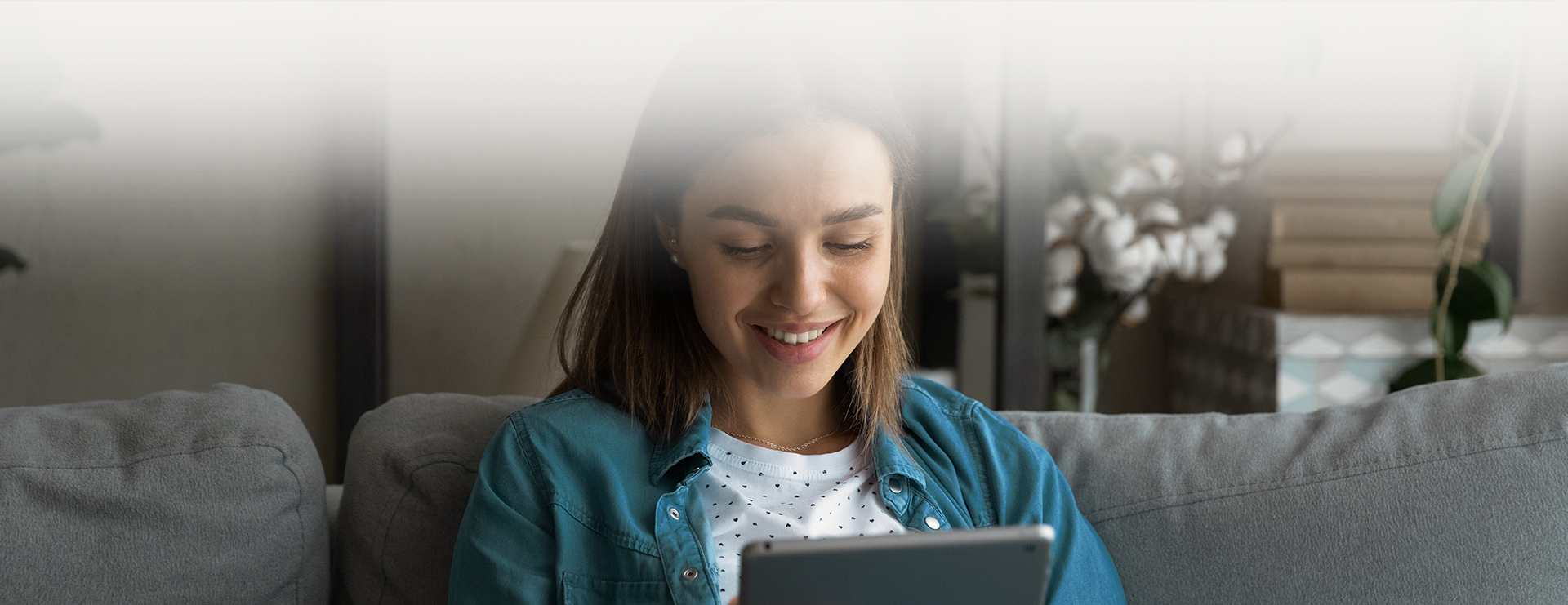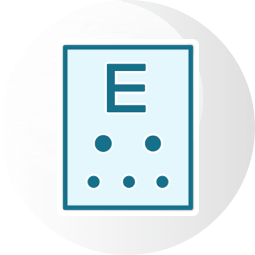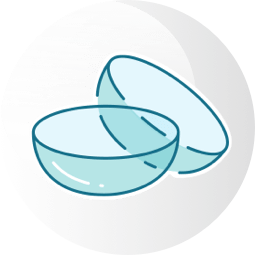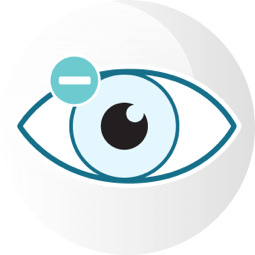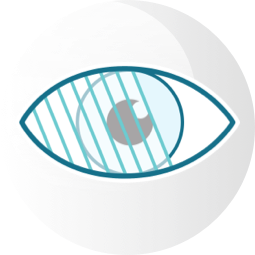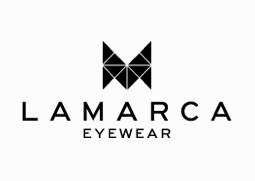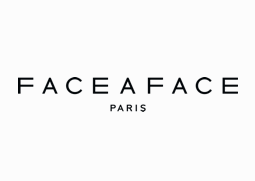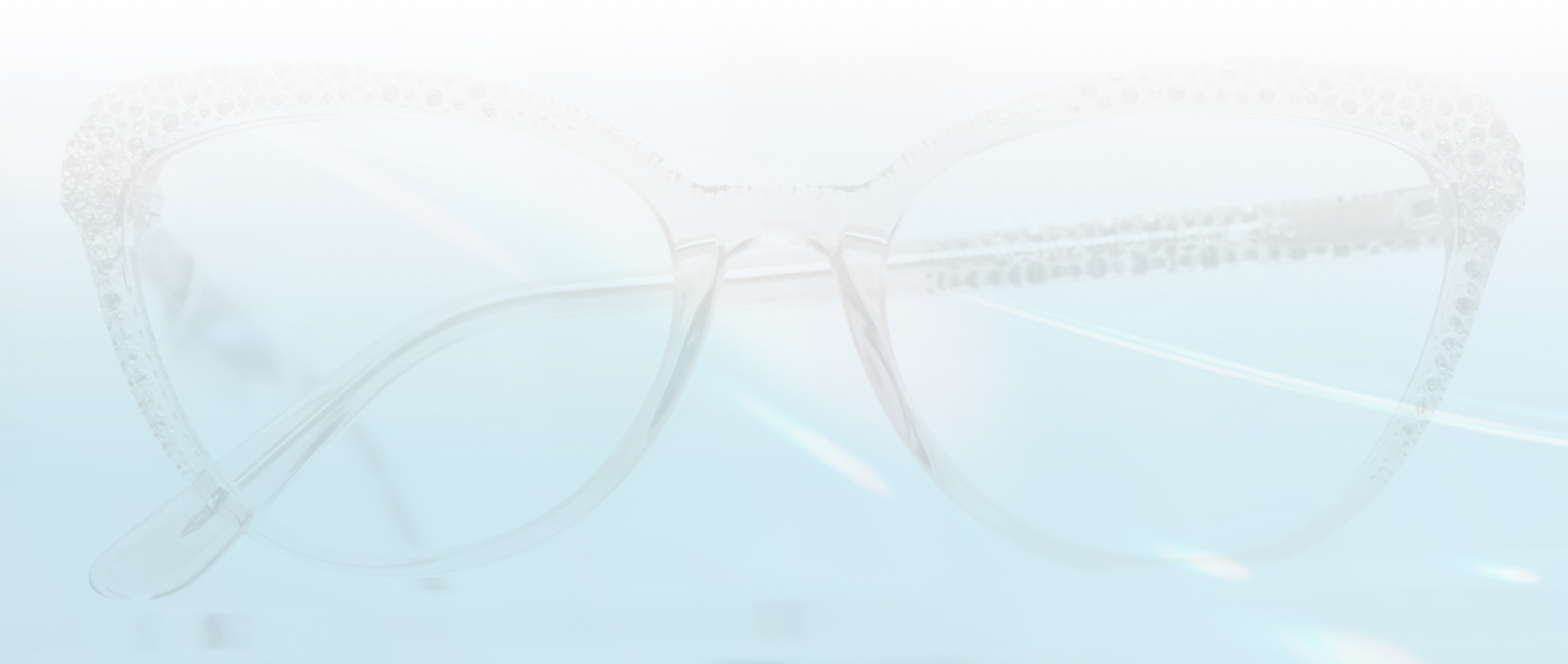Eye exams are a part of maintaining our physical health and well-being. Even those who don’t need glasses or contact lenses need to visit their optometrist for routine eye exams. It’s similar to visiting your primary care physician for your annual physical exam.
Optometrists are the primary care doctors for your eyes. Comprehensive exams assess the overall health and visual acuity of your eyes. A comprehensive eye exam typically includes a series of tests to determine any refractive correction in your eye and provide an overall view of your ocular health.
During the Eye Exam
Your comprehensive eye exam allows your optometrist to thoroughly examine your vision and overall health. Some tests will determine whether your vision requires correction with glasses or contacts. Other tests focus on assessing eye health and checking for any eye diseases.
Background Information
Before you see your optometrist, the optometric technician will ask you a series of questions to determine the main concern of your visit, a breakdown of your family’s medical and ocular history, and your personal medical and ocular history. Some health conditions, like diabetes and high blood pressure, can affect your vision.
Ocular history questions may include whether you’re aware of any eye diseases in your family and whether you’ve had any eye injuries or surgeries. Your eye care provider needs to ask questions concerning your family history, as some ocular conditions and diseases can be inherited.
Examining Your Eyes
Preliminary tests provide a baseline understanding of your vision and ocular health. Preliminary tests typically include checking:
- Color vision: Your optometrist may use tests like the Ishihara color vision chart to check for color deficiencies.
- Depth perception: Determine whether your eyes can see objects in 3D, which includes length, width, height, and distance.
- Tonometry: A machine is used to check the pressure inside your eye. This test helps check for glaucoma.
- Autorefractor: This helps determine your eye’s estimated vision prescription. It also determines the starting point of the refraction test your optometrist will conduct in the exam room.
- Retinal imaging: This machine takes a photo of the back of a patient’s eye. Retinal images can help your optometrist assess the eye’s overall health.
Refractive Eye Exam
Inside the exam room, your optometrist will assess the information gathered during your preliminary testing. The values taken from the autorefractor give an estimated vision prescription, which helps determine any lens correction that may be required during the visual acuity test.
The visual acuity test uses the familiar eye chart displayed 20 feet away from the patient. It determines how well each eye can see and focus. The eye chart shows a series of letters that become smaller further down the chart. The last row of letters you can read determines your visual acuity.
Typically, your optometrist will use a phoropter during these tests. Your eye doctor will place different lens options in front of your eye to measure how light bends through your cornea. With each lens option, your doctor will ask if the letters on the visual acuity chart become more or less clear.
If you can read the last row of letters from the chart without glasses or contacts, your refractive error is zero, and you have normal 20/20 vision.
If the visual acuity test determines a refractive error, you may need glasses or contacts to see 20/20.
There are 4 common refractive errors:
- Myopia: Also known as nearsightedness. Individuals can see nearby objects clearly, and their distance vision is blurry.
- Hyperopia: Also known as farsightedness. Individuals have clear distance vision, while their close-up vision is blurry.
- Presbyopia: Farsightedness that develops with age.
- Astigmatism: A refractive error where the eyeball is shaped like a football, which distorts the way light enters the eye.
Eye Health Assessment
Your doctor will perform various ocular health tests during the exam to assess the health of your eye.
- Eye motility testing: This test examines the function of eye muscles. Your optometrist asses the movement of the eyes following a particular pattern.
- Slit lamp examination: This test uses a low-power microscope and light to examine the structure of the cornea, iris, and lens of the eye in detail.
If your optometrist notices any potential concerns with your ocular health, they may suggest further testing with a dilated eye exam. Dilation exams can help test for any diabetic retinopathy, glaucoma, macular degeneration, and cataract advancement.
Choosing Your Glasses or Contact Lenses
If you require a prescription for glasses, an associate may assist you in choosing your frames and walk you through the best lens options for your lifestyle.
If you wear contact lenses, your optometrist may also suggest a brand and option.
Importance of Regular Eye Exams
Routine eye exams can help detect, monitor, and treat ocular concerns. Some eye diseases in their earlier stages may manifest without any symptoms or obvious signs. An annual comprehensive eye exam is a great way for your optometrist to detect and monitor any ocular concerns early.
Children as young as 6 months can visit the optometrist for a comprehensive eye exam; it’s recommended that children have annual eye exams. Adults between the ages of 18 and 60 should have a comprehensive eye exam at least once every 2 years. Patients over the age of 61 should visit their optometrist annually for their comprehensive eye exams.
Schedule a Visit With Us in Pittsburgh
Comprehensive eye exams are a great way to maintain good vision and healthy eyes. Routine visits can help detect, monitor, and treat ocular diseases like glaucoma, cataracts, and macular degeneration.Our team at McCauley Celin Eyecare Associates is happy to answer any questions you may have! Contact our team to schedule your next comprehensive eye exam.

